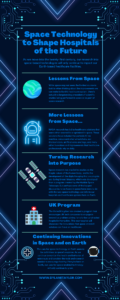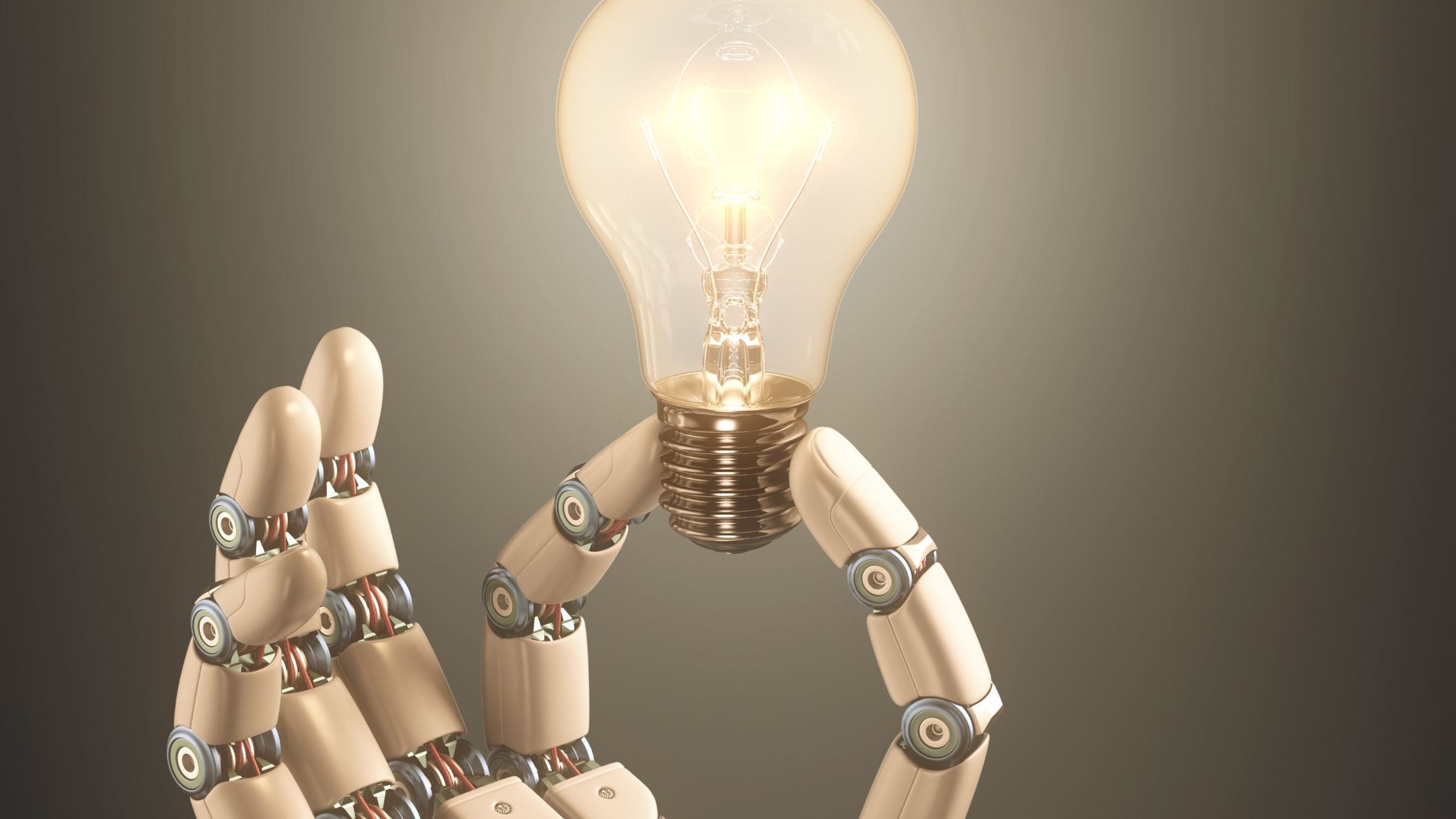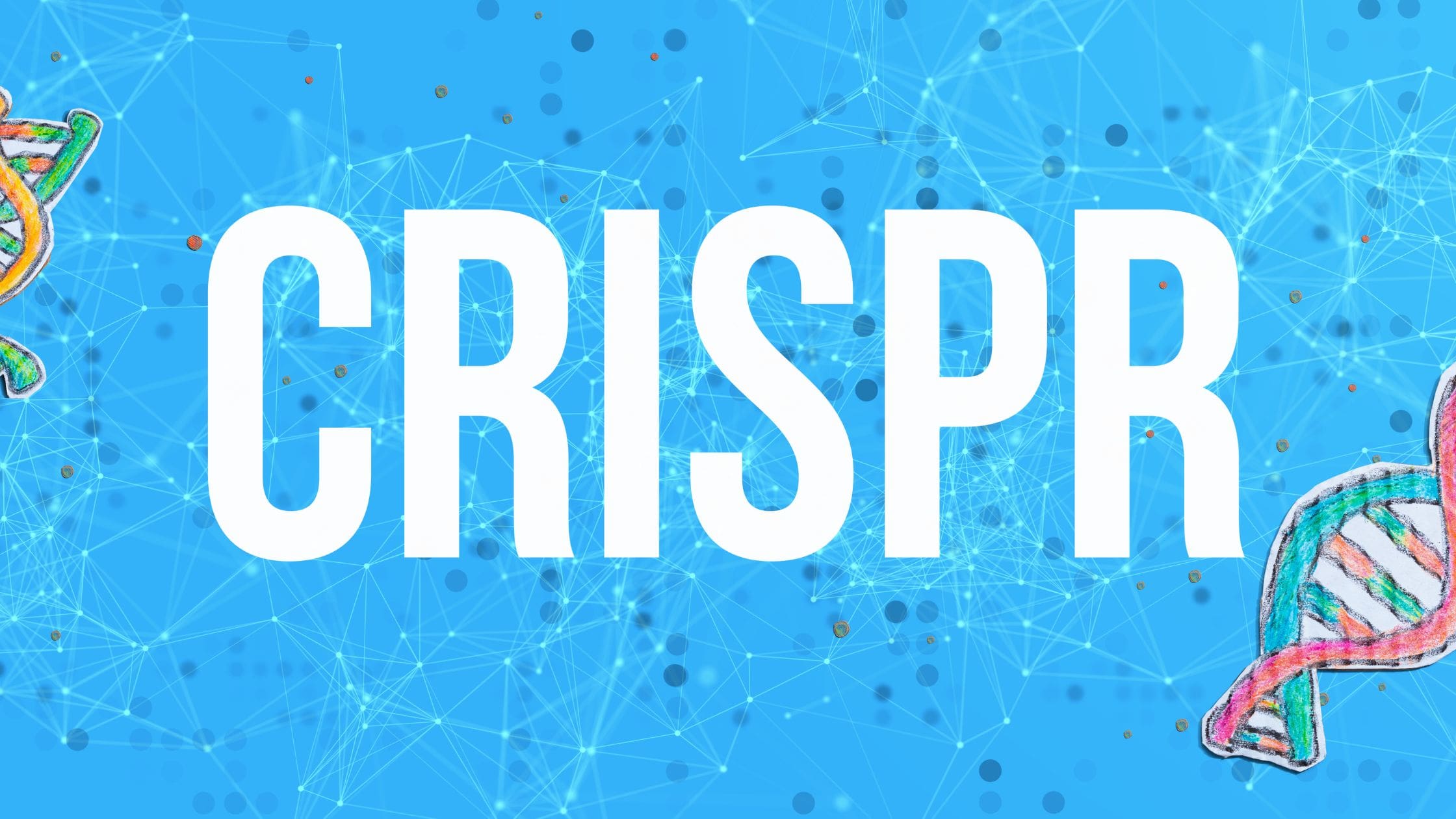For nearly two years, the world has watched as doctors, nurses, and other healthcare professionals work on the frontlines of a global pandemic. During this time, we’ve witnessed tremendous displays of strength, mental fortitude, and selflessness in the face of grueling hours and difficult demands. And while these medical professionals have worked with their feet planted firmly on the ground and their thoughts turned to their patients, members of the scientific community have looked upward in their search for ways to improve the healthcare tools and techniques these professionals rely on.
From hospital equipment to research into medical cures, space has long been a place where scientific curiosity has met medical innovation. As we move into the twenty-first century, our research into space-based technologies will only continue to impact our Earth-based healthcare facilities.
Lessons From Space
While space may not seem the likeliest source to look to when thinking about the improvements we can make to Earth’s healthcare system, there’s actually a longstanding precedent of scientific studies being performed in space or as part of space research.
For instance, diseases and illnesses such as cancer, asthma, Alzheimer’s, and Parkinson’s have all been impacted by microgravity research performed in space. According to NASA, “Without the interference of Earth’s gravity, Alzheimer’s researchers have studied protein clusters that can cause neurodegenerative diseases. Cancer researchers studied the growth of endothelial cells on the space station.” These cells help provide blood throughout the body, and tumors rely on this blood to form. But cells grown in the space station grow better than cells grown on Earth, and those cells can be used to test new treatments for different types of cancers.
Additionally, NASA research has led to healthcare solutions that were either created in or optimized in space. These solutions have included the portable X-ray machine, voice-controlled wheelchairs, ear thermometers, artificial arms and legs, and many other inventions and improvements that healthcare professionals rely on daily.
Turning Research Into Purpose
Space research has also led to studies on the fragile nature of the human body, and to the development of the digital imaging that oncologists use during breast biopsies, which was developed from a program created by the Hubble Space Telescope. But perhaps some of the biggest discoveries to be found in space have more to do with the way space technology can inform our hospitals and healthcare systems here on Earth.
The United Kingdom has created a program that encourages UK tech companies to engage in innovative problem solving for a to-be-constructed hospital in Hampshire. This new hospital will showcase the innovations that space-enabled solutions can have on healthcare.
Specifically, the hospital will incorporate technologies rooted in the International Space Station (ISS). It could include drones designed to deliver personal protective equipment (PPE) across vast areas or X-ray machines that rely on low dose technology that better diagnoses small breaks and fractures. Borrowing from the lessons learned during the pandemic, these space-enabled technologies may even include long-distance communications for remote care visits and apps that allow doctors to connect to isolated populations.
While the exact blueprint of the hospital is yet to be determined, the message from the UK’s government is clear—innovations in space have an important place in Earth’s healthcare systems.
Continuing Innovations in Space and on Earth
The UK’s investment in space-enabled hospitals isn’t the only investment in space technology for medical purposes. Scientists are already looking at ways to use space robotic technology to perform MRI scans and screen for maladies such as brain tumors. The ISS is also looking into space technology that can be used to prevent the bone that astronauts can experience in orbit and in the elderly here on Earth. Additional research is being done on rapid detections of viruses and in the fields of microbiology and heart health.
The uses for space technology on Earth seem to be as limitless as space’s expanse. As we continue to monitor the health and behavior of astronauts and consider the tools and research needed to encourage healthy lifestyles here on Earth, our uses for space-enabled technology will only continue to grow.





